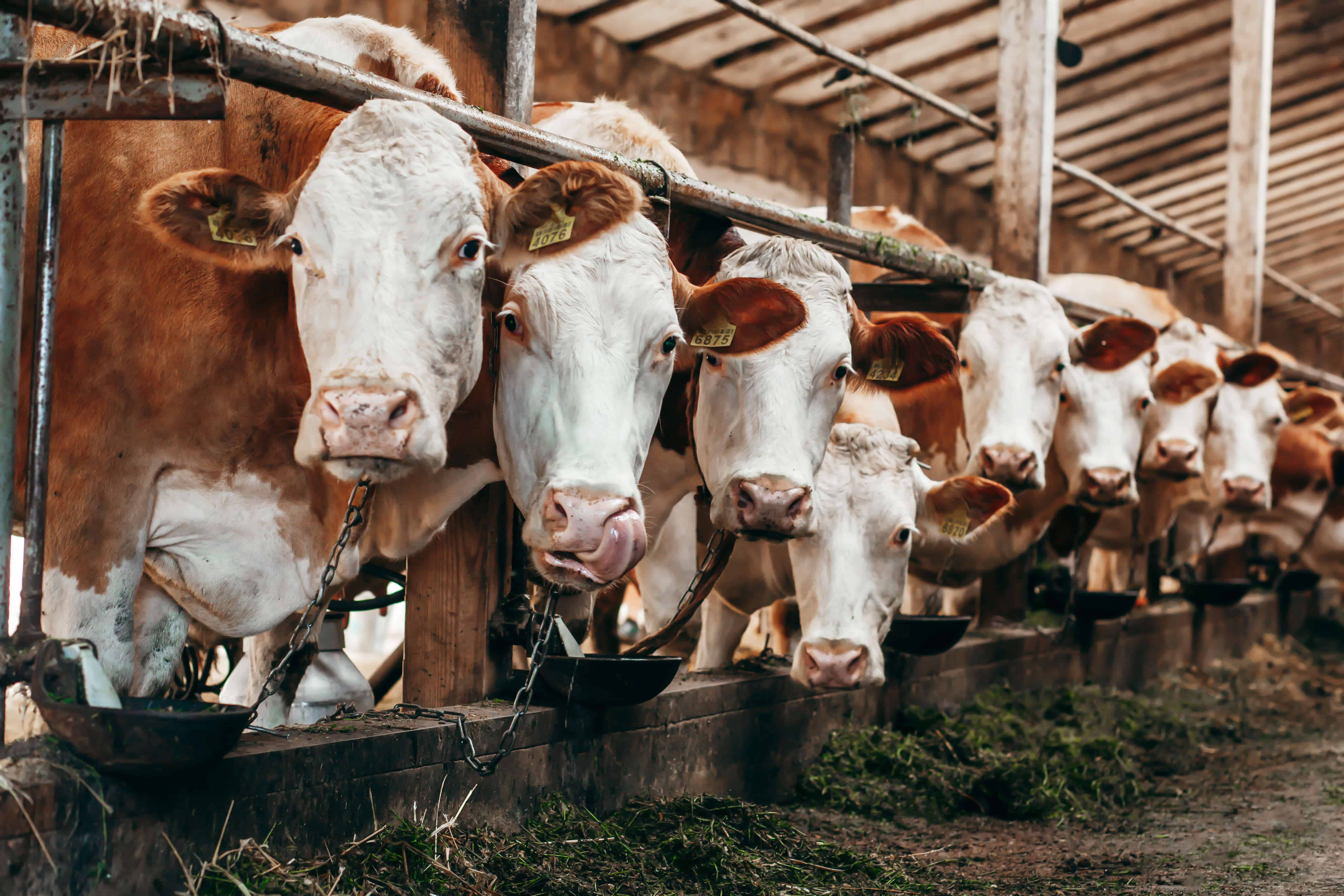This article, co-authored by Elysabeth Alfano and Sasha Goodman of VegTech Invest, was originally published on FactSet and has been reproduced here with permission from the original publication. The opinions set out here are those of the authors.
In the pursuit of alpha, some investors use a thematic approach. Most simply, thematic investing is a portfolio strategy that bases investment selections on a potentially macro long-term trend with implications across different sectors and industries. For example, investors might consider opportunities stemming from material changes in technologies, climate, regulations, energy sources, or global demographics.
This article specifically examines a topic that spans many of those areas: trends in plant-based and alternative protein nutrition, including plant-based foods, precision and bio-mass protein fermentation, and cultivated meat, collectively referred to as plant-based innovation. That space has achieved impressive growth in recent years, and some analysts expect further expansion in the future. For example, Boston Consulting Group projected the alternative protein market—which includes plant-based meat, eggs, dairy, and seafood products—could reach $290 billion by 2035.

While plants have made up an important part of human and animal diets for millennia, contemporary innovations have significantly widened the potential applications for plant-based products. This shift also has given rise to remarkable advances in the science of food production and development. To delve deeper into the market, we will examine some of the primary topics that thematic investors might want to consider. We will also touch on the practical challenges investors face to build a portfolio that replicates this theme as an investment strategy.
Climate and Environment
As part of a focus on decarbonization, consumers and businesses are increasingly scrutinizing sources of greenhouse gas (GHG) in the production of food. This attention has led many businesses in the industry to seek ways to reduce their production of CO2 and other GHG emissions. While it’s difficult to precisely measure the impact of any one industry, it is evident that meat production in particular has a significant carbon footprint.
“emerging food technologies […] can bring substantial reduction in direct GHG emissions”
According to the Food and Agriculture Organization of the United Nations, livestock farming accounts for 14.5% of all greenhouse gas emissions caused by humans, as opposed to naturally occurring GHG. A study in Nature Food found that beef production is the largest source of emissions among meats, alone responsible for a quarter of GHG emissions in the global food industry. Ruminants such as beef cattle produce methane, one of the most potent GHGs, as a by-product of their digestive process, and approximately a third of the human-produced methane comes from cattle. Feed production, transportation, and land-use changes associated with animal agriculture also add to the total emissions. As a result, the Intergovernmental Panel on Climate Change (IPCC) has noted that “emerging food technologies such as cellular fermentation, cultured meat, plant-based alternatives to animal-based food products, and controlled environment agriculture, can bring substantial reduction in direct GHG emissions from food production.”

Of course, producing virtually anything, including plant-based foods, generates GHG emissions. However, the emissions impact of plant-based foods on human consumption is only approximately half that of meat production, which generates the majority of GHG emissions in the global food industry.
For example, producing a calorie of beef requires approximately 100 times more land than plant-based alternatives. Even dairy, pork, and poultry farming require significantly more land than most plant production for human consumption, largely because of the land requirements for producing animal feed.
In addition, growth in meat demand is increasing deforestation—a net contributor to GHG emissions worldwide—because large areas of land must be cleared for pasture and production of animal feed.

Paradigm Shifts in Food Consumption
In recent years, health considerations have led to a wider range of dietary practices. For example, “flexitarian” diets,” which do not cut out meat but try to reduce the overall consumption of animal products, are on the rise. A recent survey found that 37% of Americans had reduced or eliminated their consumption of red meat in the past 12 months, and higher proportions of Europeans had done the same.
Respondents also said health concerns were more important to their dietary choices than the desire to limit environmental impact. While global meat production continues to rise following a brief decline during the pandemic, U.S. meat production is forecast to decline in 2023 for the first time in a decade. And the Boston Consulting Group projects that 11% of all meat, dairy, seafood, and egg consumption will be from alternative sources by 2035.

Plant-Based Foods: Possible Pathways for Consumer Adoption
Although health consciousness can stimulate the adoption of some plant-based alternatives, it can also lead to concerns about food processing. Plant-based alternatives to meats, dairy, and eggs can require processing of ingredients, ranging from minimal to significant, to achieve the desired appearance, taste, and mouthfeel. Technologies such as using water to extract protein, high-moisture extrusion, precision fermentation and even cultivated meat use various plant ingredients to create an appealing final product.
Similar to the production of packaged meats, the result can be a significant amount of processing in an environment where many consumers are understandably apprehensive about processed foods. Yet while modern processing techniques and the inclusion of less healthy ingredients such as sodium and saturated fats may turn some consumers away from these products, many consumers prefer to reduce their saturated fats, antibiotics, and cholesterol intake from animal-product consumption with plant-based alternatives that taste like the original item. To continue growing, the plant-based food industry will need to alleviate consumers’ concerns about the healthfulness of ingredients.
In addition, the high cost of ingredients and still relatively small production levels mean that plant-based meats typically retail at a premium to animal meats. Recent inflation has exacerbated the price difference and has proven to be an economic barrier, especially for consumers who are only occasional purchasers of plant-based alternatives. To counteract the high costs of production, plant-based producers must continue to discover production efficiencies and new technologies while seeking economies of scale sufficient to bring down unit production costs.

Understanding the Market
Given the growth and increased interest in plant-based foods, it’s important to remember that the broader universe of companies investing in plant-based foods is diverse and multifaceted. While this overview is focused primarily on alternative meat products, investment opportunities in the plant-based food industry also include companies that focus on the production of fruits and vegetables, ingredients for food products, beverages, and other plant-based food products.
Furthermore, some large industrial meat producers have invested heavily in plant-based alternatives, blurring the lines between protein producers. As a consequence, different investors interested in investing in this area could construct very different portfolios depending on their approach to the theme. Understanding the distinctions between companies in the investment space is critical to constructing a portfolio that meets individual investors’ needs.
Considerations for Thematic Investors
Just as new capabilities, consumer preferences, and potential macro trends evolve over time, the plant-based food market is certain to shift in ways that few can foresee. However, the underlying drivers of demand for plant-based foods—personal and planetary health, efficiency, and sustainability—are likely to remain salient to the global food industry well into the future.

The sector might be best considered among investors interested in climate-mitigation applications, as well as potential alpha. Regarding actual investment strategies/stock picking to invest in this theme, there are material factors to consider, such as:
- As a whole, the plant-based innovation industry or investment segment does not match traditional mainstream industry sectors—it consists of a multitude of innovative initiatives and companies. This can add portfolio diversification.
- Keeping track of the initiatives, novel technologies, efficiencies, and start-up companies requires expert knowledge and is time-consuming.
- The availability of investable assets is fragmented and limited; investing large amounts as an investment fund creates cluster risks.
- Large organizations in the agricultural or food and beverage sectors, which are embracing the plant-based trend to diversify and adjust to consumer demand, remain invested and active in their traditional businesses. Thus, they might be ignored by investors interested in sustainable production and consumption.
Given the many possible directions of the industry, potential investors must be particularly careful while performing due diligence on companies operating in the category. The FactSet Thematic Intelligence & Investments platform can help investment professionals with this. It offers self-service analytics (i.e., fundamental, qualitative, and quantitative data sources) and tools to easily identify trends and themes for innovative investment solutions, precise asset allocation, and higher-performing portfolios.
Article Credits: Vegconomist

Pingback: Diet Rich In Plant-Based Food May Help Kids Focus, Research Says - SLSV - A global media & CSR consultancy network